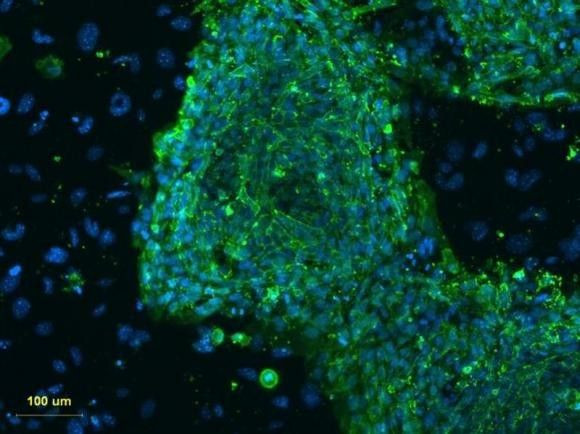Australian Team Of Scientists Create A Map For The Human Body Using The 'Google Maps' Technology [WATCH VIDEO]

A team led by an Australian professor has dubbed the Google Maps technology to create a similar innovative technique that can zoom into the human body at a cellular level. Reportedly, the imaging technology is being used by the biomedical researchers to examine osteoarthritis and osteoporosis, one of the leading conditions that lead to disability in the ageing population.
The lead project scientist from the University of New South Wales, or UNSW, Professor Melissa Knothe Tate, confessed how she liked using the technology to zoom into the hipbone of the human body, similar to what is achieved by the Google Map's technology when it shifts from the Earth view to street view.
The biomedical engineer announced at a conference in the US, that the technology will help researchers and clinicians to view bones, organs and tissues of their subject before finally zooming into an individual cell.
"This is the first Google Maps of the human body," said Tate. "It all starts with a single cell and then through the confluence of events we get global disaster," she continued.
The idea of developing a sort of Google Map for the human body struck Tate when she accidentally met a Zeiss worker in 2011 who told her about the “secret” technology — rapid throughput electron microscopy imaging system — that his company uses to assess the quality of silicon wafers.
The Zeiss employee asked if she could think of a life sciences application that could use the same technology, and the rest is history. The biomedical enthusiast immediately tied up with the German optical and industrial measurement manufacturer, Zeiss, and the international team of researchers to innovate what is today being appreciated as the Google Map for the human body.
The project is a result of a collaboration between UNSW, Brown and Standford University, Cleveland Clinic, Zeiss and Google. The breakthrough innovation is being regarded as a “game-changer” in the field of medicine.
To report a problem or to leave a feedback on the article, send an e-mail to emailtoguneet@gmail.com.





















